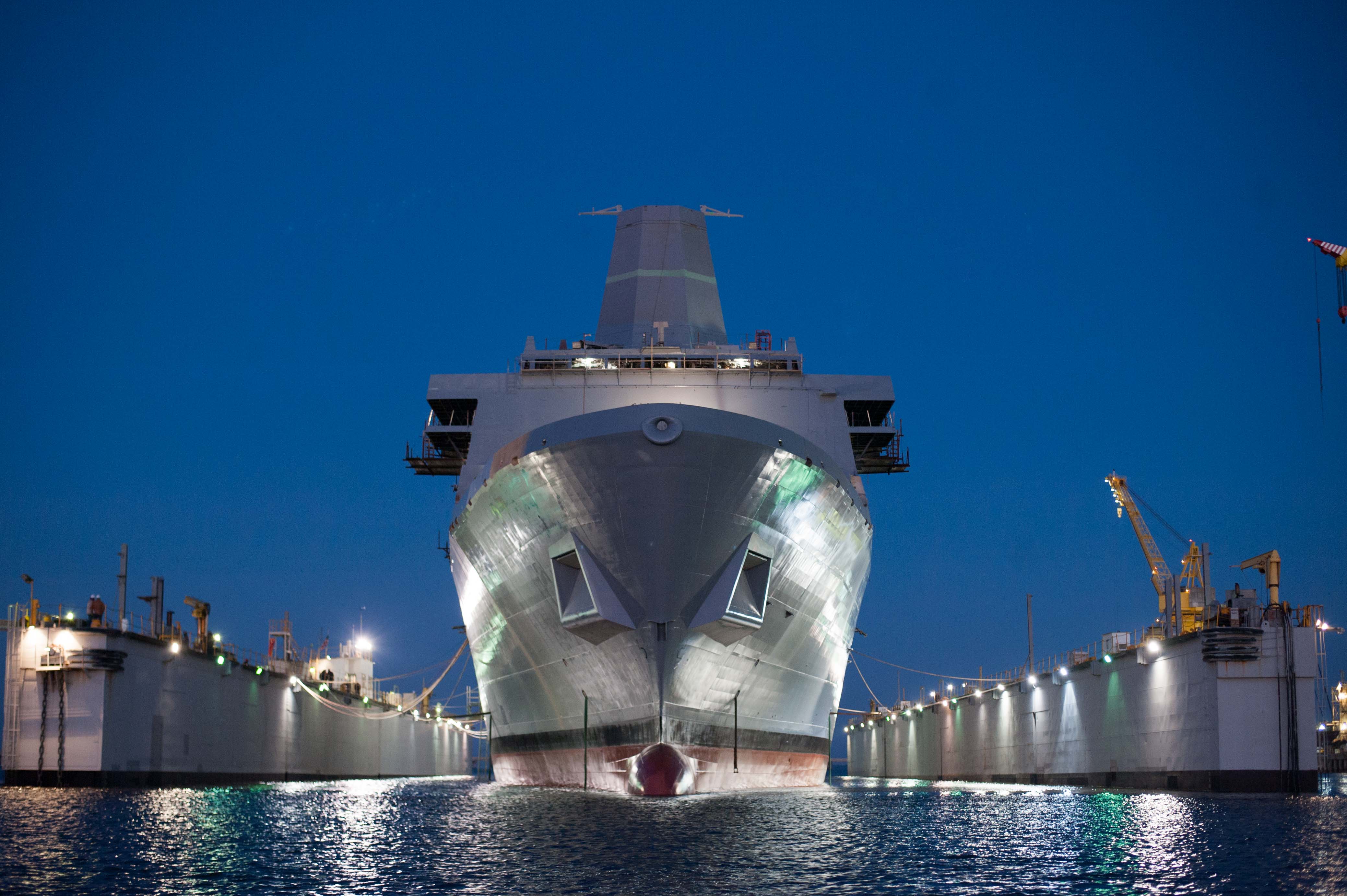
Document: CBO Analysis of the Navy’s Fiscal Year 2017 Shipbuilding Plan
The following is the Congressional Budget Office report, An Analysis of the Navy’s Fiscal Year 2017 Shipbuilding Plan.…
Copyright 2024 U.S. Naval Institute. All Rights Reserved.